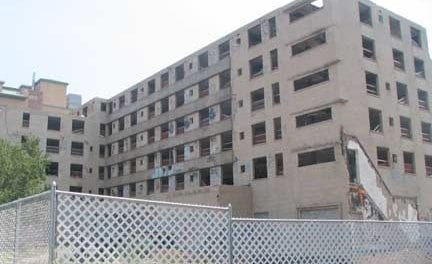On March 22, 2018, the Wall Street Journal published an article titled “Retirees Reshape Where Americans Live.”
By Steve Moran
On March 22, 2018, the Wall Street Journal published an article titled “Retirees Reshape Where Americans Live“ (you may find that the article is behind the WSJ paywall). The high points are these:
-
Americans are relocating to retirement hotspots in the country.
-
This means they are moving from highly urban locations to suburbia and in some cases rural or near rural areas.
-
The number of counties designated by the federal government as retirement counties increased by 2% over the past year.
-
Nearly 750,000 Americans moved to areas dubbed retirement spots.
-
It also means that “the cities” are losing these seniors.
-
The best news is that it is an indication that losses most emerging retirees experienced in the 2008 recession have been wiped out and that finances are once again healthy.
-
Hotspots include Naples, Florida; Jackson, Wyoming; and Coeur d’ Alene, Idaho.
-
There are two reasons for this trend: the first is quality of life and the second, cost of living.
-
Very rural areas are still losing population.
What This Might Mean for Senior Living
I am going to put on my futurist’s hat for a moment and reflect on what this might mean.
-
It would be easy to look at this and think these are the very youngest of the seniors, those in the 55-70 bracket who have 1-3 decades in front of them before they need senior living. Reasonable, except they are also the ones who make senior living purchase decisions for their parents and will likely in many cases take their parents with them.
-
While we have the best healthcare we have ever had in this country, and today a growing average lifespan, I would not count on that continuing. We Boomers like to eat too much and exercise not enough. I can foresee a drop in entrance age because of ill health and a sag in longevity.
I also think there is a real threat that healthcare access could become a big enough problem that it will further exacerbate the problem.
-
Many many owner-operators prefer to have buildings in the big cities. The belief is that this is where the wealth is and that because there is a shortage of land, the buildings’ values and rents will continue to rise. It is more or less logical, except that we have seen many rust belt cities have major collapses because people moved away.
Not always a sure thing.
-
The really good news is that there is likely serious new opportunity that is just beginning to emerge in these retirement hotspots.
Several years ago, I was talking to a developer about a new senior living community they were developing in what I believed to be a tiny tiny town. We got to talking about the demographics of that community and it turns out it had a population solidly north of 50,000 with an even larger market area and there was not a single enterprise size senior living community.
I found myself wondering how many other of these markets might exist. And no I am not telling you where it is.
Time to take my futurist hat off and ask you to put yours on. Do you think this is significant or not?








